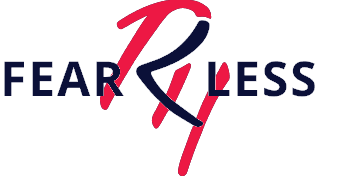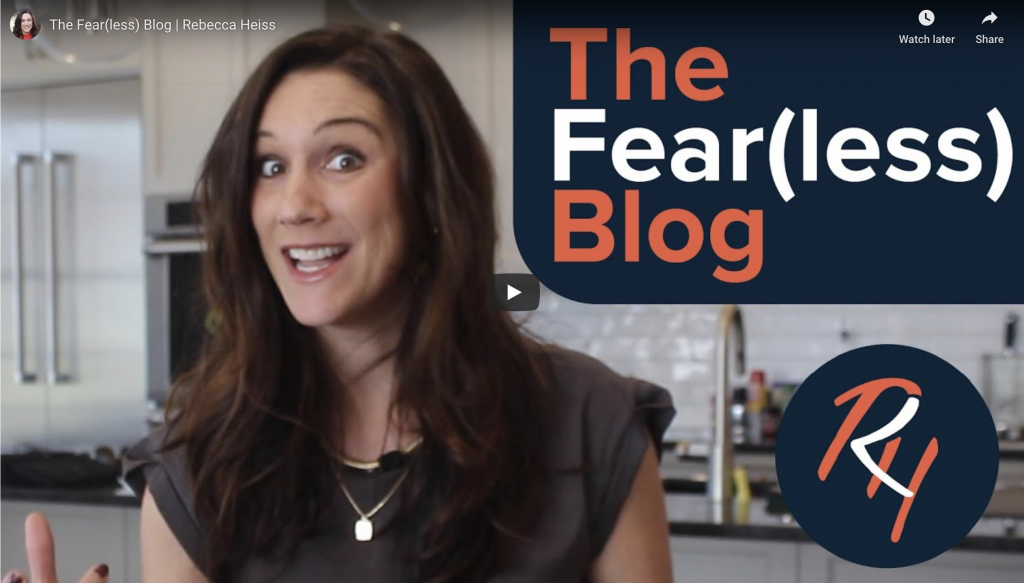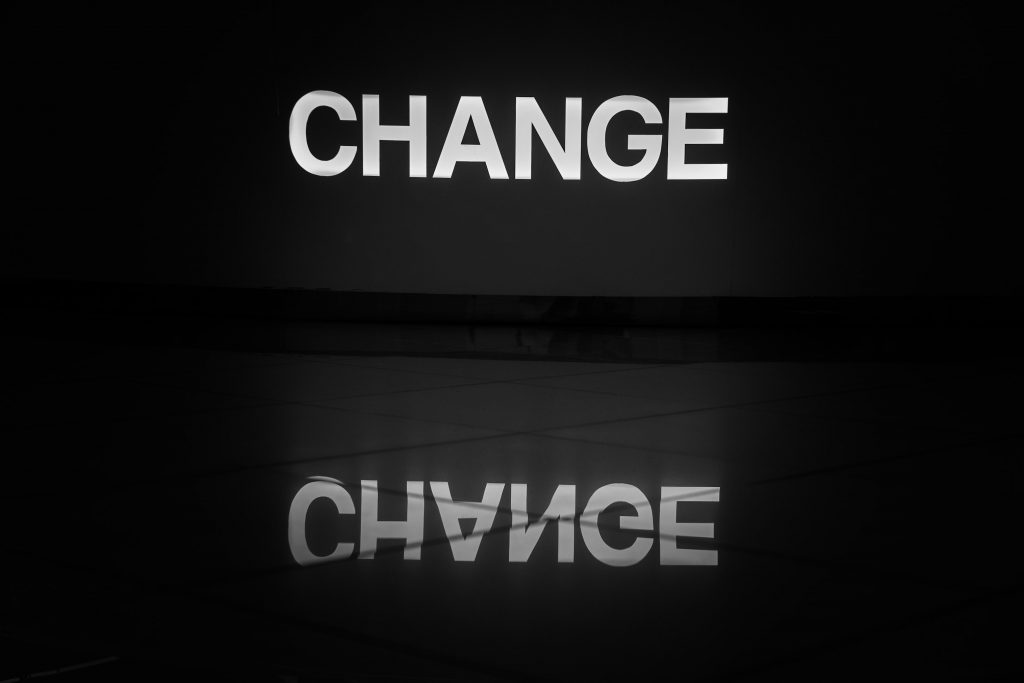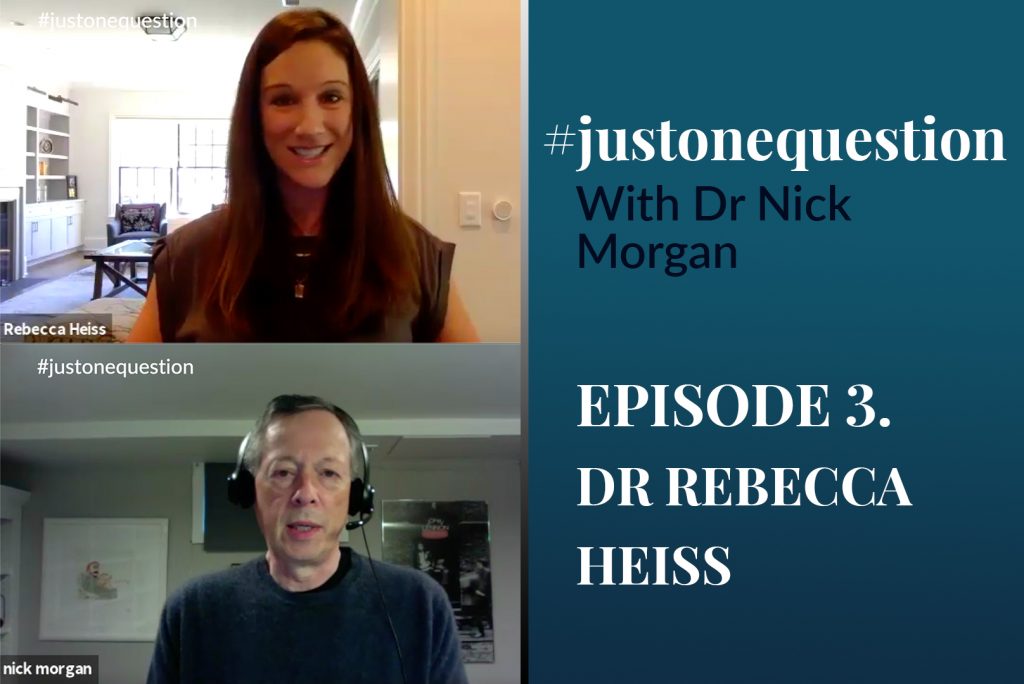The novelty of COVID-19 has definitely worn off.
When there is something new or unknown, even if it’s potentially scary, our brains light up in anticipation. Chemically, our bodies treat the expectancy of fear the same way as excitement. It’s why so many people love horror films. The anticipation of
being scared is thrilling. But it’s nice at the end of the film to be able to snuggle into your safe bed, eat some popcorn and come back to a reality that isn’t filled with vampires, or zombies, or serial killers hiding in your closet.
But what happens when the fear lingers? When that killer invisible virus truly might be floating around and stalking you at every turn? Here is where we need to better understand how our bodies approach lingering stressors and how we can intervene in fear in order to remain productive, healthy and hopeful.
Stage one – Adrenaline rush
When we first learned about the coronavirus, we all likely experienced some hit of adrenaline.

This could be exciting!
I wonder how long I’ll be able to step away from work?
Sweet, I don’t have to get back on an airplane for at least the next month!
Despite already having some awareness of the dire consequences that might arise from its uncontrolled spread, COVID delivered something new to focus on that was separate from our regular day to day struggles. And because it was anticipatory fear, it was almost enjoyable (even if that sounds a bit sick to say now).
The physiological equivalent to this experience during a stress response is when we first experience a hit of adrenaline. Adrenaline is the initial neurotransmitter released in a challenging situation. It pulses through our body immediately sharpening our focus, reflexes and responses. We take action without even knowing we are going to do so. This is the experience you might have had when you made that instinctive swerve to avoid a last-minute head-on collision. We feel almost superhuman in the moment -surprised by how powerful, focused, and confident our decisions were.
For the majority of American’s, I would describe this phase in our COVID experience as lasting through the end of March. From the time we initially became aware of this pandemic, through sometime in March we were on our game. We made pivots. We quickly took action to get kids pulled from schools. We stayed on top of daily news from the Coronavirus Taskforce. And of course, if we could get our hands on it, we bought way too much toilet paper and hand sanitizer.
This phase came and went quickly, just like adrenaline does in the body.
Stage Two – Resistance
Cortisol, the main stress hormone for humans comes surging in moments after adrenaline to help sustain the stress response. If you’ve ever jumped from a loud noise only to turn and realize it was just a car behind you backfiring, you’ll notice that the effects of adrenaline wear off nearly as quickly as they come on. So what happens if the threat is more sustained? That’s where cortisol takes over to champion the fight for survival. Cortisol is a complex hormone that is involved in numerous daily metabolic functions. It plays important roles in memory, mood, and motivation. During a sustained stress response, cortisol works to divert resources away from non-essential functions (i.e. growth, reproduction, digestion) in favor of more immediate responses to quell the threat (i.e. increasing nutrients available to power muscles and repair damaged tissues, reducing pain perception). This cortisol powered “resistance system” to respond to a stressor is highly effective in the short term but it is built to turn-off or downregulate only when the threat has passed. Which leads to the logical question…
What if the threat isn’t a tiger, or a battle, or any other short-term challenge that our ancestors must have surely faced, but rather a sustained, ongoing, continually triggered challenge?

From early April through most of May I think a lot of us found ourselves in this resistance phase of our stress responses. We realized that COVID-19 wasn’t a backfiring car and was going to present some longer-term challenges. We stopped reacting with panic-buying behaviors and began to put in a longer-term strategy. We would resist this virus and overcome together. We bought Zoom licenses and masks. We altered our eating habits and worked different shifts with alternate teams, and sometimes with our children crawling on us in the middle of a conference call. We shut down non-essential functions in our life and did our best to pour into the things we needed to do to survive (for a while). But that “while” has lasted a bit longer than most of us anticipated.
Stage 3 – Exhaustion
The threats for which our stress response system was designed were short-lived. When a stressor persists in the manner that COVID has, our bodies are continuously flooded with cortisol. All the things that cortisol does that are adaptive in the short-term begin to wreak havoc on systems during periods of longer exposure. For example, cortisol makes sugar more readily available in our bloodstream so that our muscles can use it to escape the threat. But we can’t outrun or outfight COVID. C
ortisol simultaneously increases our desire to seek out sweet foods to replenish the sugars we (supposedly) burned escaping or fighting off the threat. So, it might be less of a surprise to know that weight gain and diabetic complications both coincide with long-term stress. Cortisol also helps regulate sleep cycles. With overexposure to cortisol, we sleep less which exacerbates our stress, anxiety, and depressive moods. Essentially all the things we need to be doing to fight against reaching this stage of exhaustion, our hormones are telling us NOT to do. If you’re languishing in this exhausting phase that most of us reached somewhere in early summer 2020, there is hope.
Stage 4 – Adaptation & Recovery
I personally would like to insert this stage before any of us every reach the stage of exhaustion, but if you missed the opportunity to prevent jumping into the exhaustion phase, you can still protect yourself from worsened spiraling and adapt moving forward. Here is where we have the opportunity as humans to think beyond our biology. Essentially everything your hormones are telling you to do are the opposite of what you need to be doing to adapt and recover during this COVID induced cortisol crisis.
STAY AWAKE
SLEEP
Cortisol makes you “tired but wired.” It prevents you from wanting to sleep. You need to sleep! Perhaps more than you ever have. Our brains are having to process complex new information each and every day of this pandemic. They need an opportunity to shut down, rewire, and work through new challenges
AVOID SEXUAL INTIMACY
GET IT ON
Cortisol reduces sex drive. But engaging in consensual sex with a partner is a natural way to reduce cortisol levels and boost androgenic hormones that increase sexual desire (so you’ll get a nice positive feedback loop going here). A 2009 study from the University of Michigan found that orgasm helps the body release oxytocin, which in turn, lowers cortisol. So get busy…um…getting busy, with a supportive, loving partner.
KEEP PLUGGED IN
PLUG INTO NATURE
Cortisol makes you feel restless and when you’re unproductive you might spend more time plugged into devices that only increase the feeling of restlessness and lower productivity (generating a vicious feedback cycle where you never feel like you’re getting anything done.). Take a break and swap the screen for some green in your life! Getting into nature is a simple way to lower cortisol levels naturally. If you can’t escape to a park, grab a houseplant or two for lower anxiety, cortisol and blood pressure! Pro-tip: If you’re like me and struggle to keep any house plants alive, go ahead and get a fake one. Your brain won’t know the difference and you’ll still get the effects of lowered cortisol.
EAT SUGAR
BALANCE YOUR DIETARY INTAKE
Cortisol makes you crave sugars. Your body actually needs a healthy, balanced diet to prevent the massive surges and crashes that high/low blood sugar will bring. Watch out for overly caffeinated foods and beverages and load up on foods high in fiber. Pro-tip: If you really need to satisfy that sweet tooth, look for dark chocolate which a 2014 study showed to buffer stress reactivity.
LAY ON THE COUCH
GET MOVING
Long term exposure to cortisol often makes us feel sluggish as our hormones are telling us to conserve our energy. But in fact, moving your body and getting good exercise will help keep your blood sugar in check and lower your overall stressed state. You don’t need to go overboard – in fact, extremely intense workouts might actually increase your cortisol! Instead, opt for moderate cardiovascular exercise (think a brisk walk, or a friendly pickleball match)
We don’t have to feel trapped in this state of COVID/cortisol exhaustion. While it’s natural for most of us to have ended up here, we aren’t prisoners to our biology. We all have the power to move beyond our stress-induced physiological reactions and override our outdated instincts. Here’s to breaking free of your biology toward something better!









